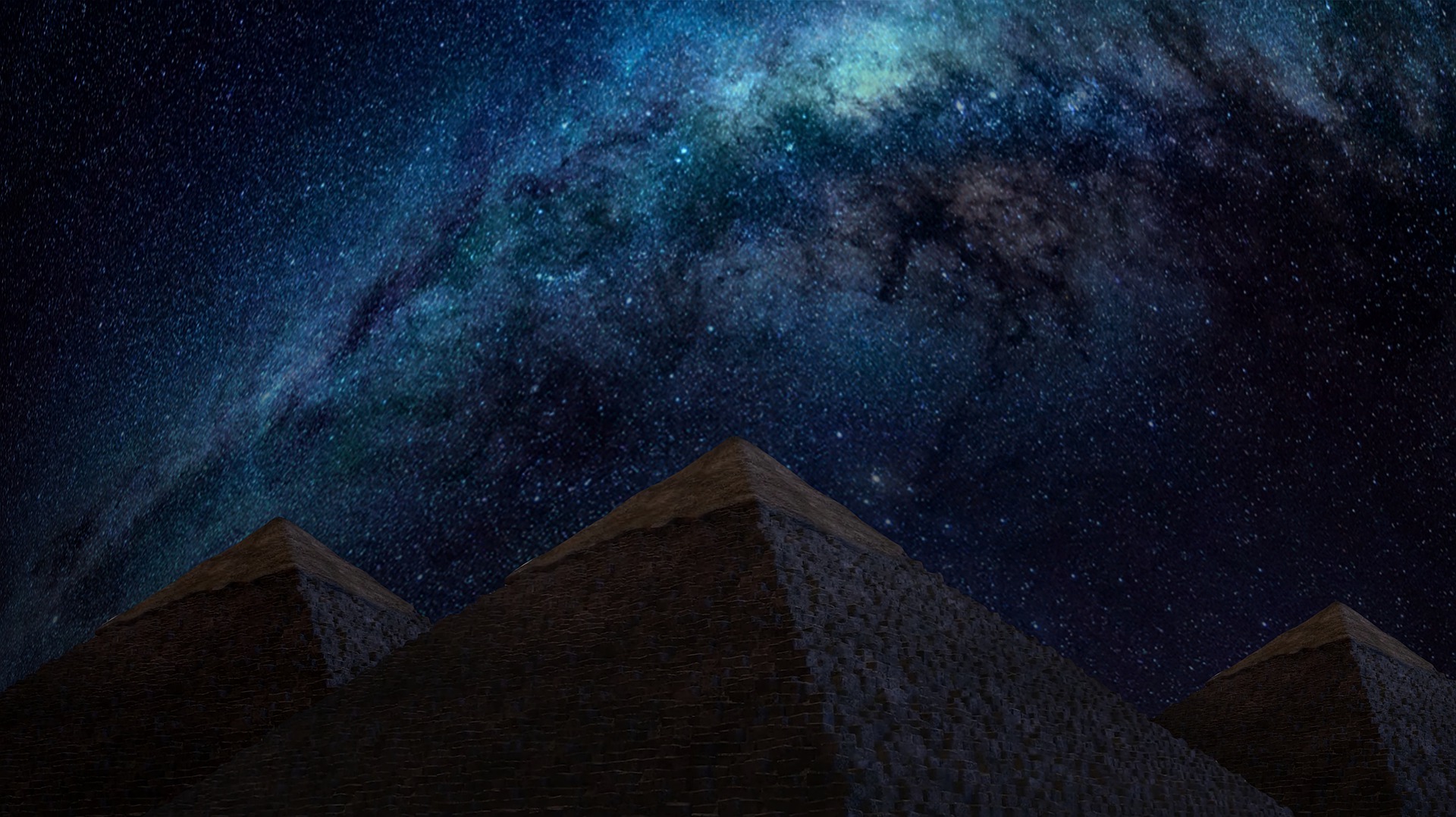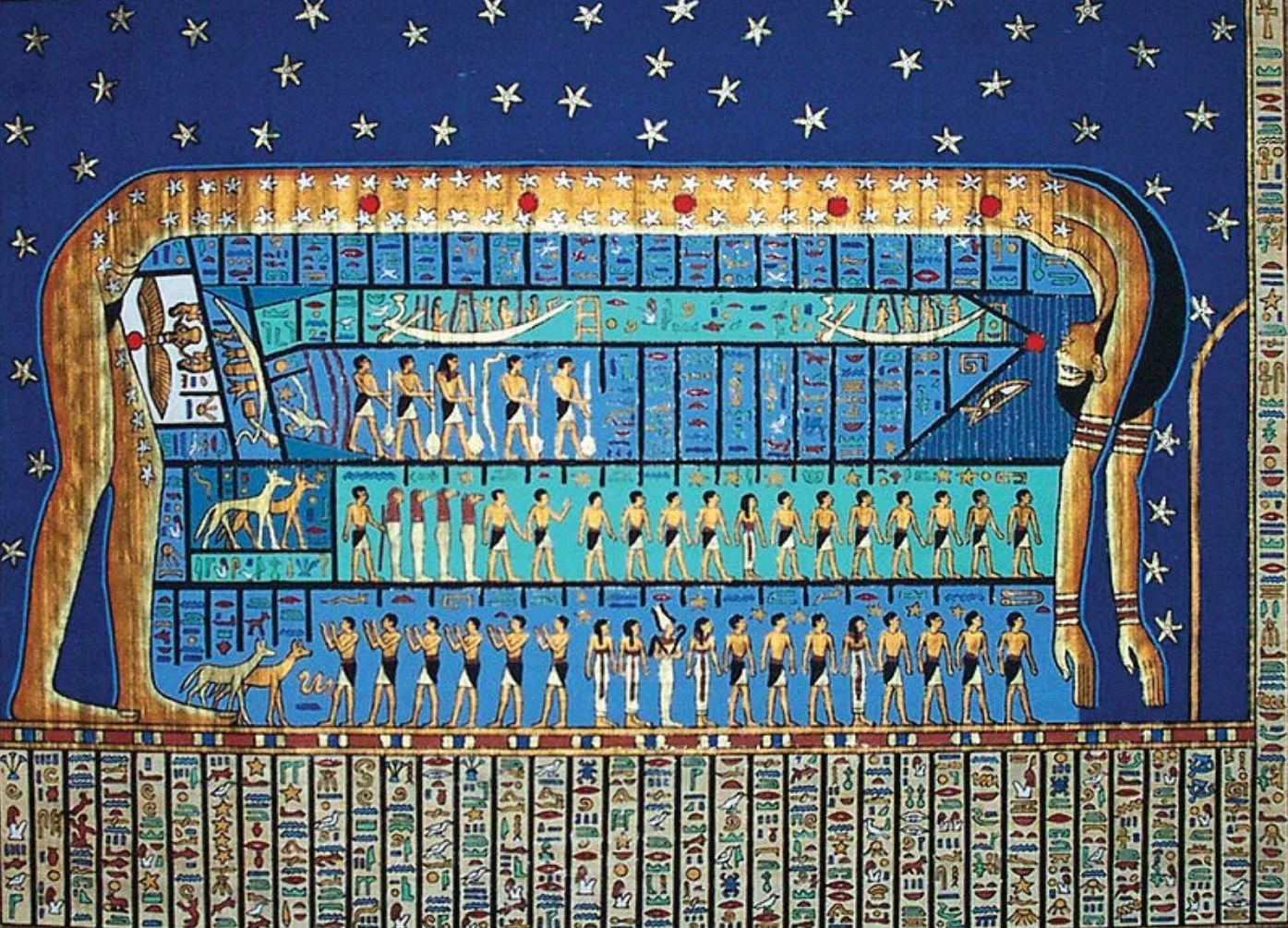Our home galaxy, the Milky Way, which includes a star system along with millions of other stars, has for centuries amazed people with its scale and beauty. The ancient peoples saw in it a divine being who watched them from the heavenly heights, helping the dead on their journey to the next world.

A study published in the Journal of Astronomical History and Heritage examines the influence of the Milky Way on ancient Egyptian culture, pointing to the connection between the galaxy and the goddess of the sky Nut.
It was the Egyptians who were considered the pioneers of astronomy. They studied the stars, constellations, the movement of the planets, and created the concept of a 365-day year and 24-hour days. Their astronomy was reflected in their cultural life, using it in agriculture and pyramid construction. Their mythology represented the sky in the form of the goddess Nut and the earth in the form of the god Geb.
A new study combines astronomy and Egyptology, examining the role of Nut as the celestial embodiment of the Milky Way. Researcher Or Graur uses texts and simulations to reconstruct what the Milky Way would have looked like in different places in Egypt 3,000-4,000 years ago, as well as how its appearance changed when it rose and set during the night and from one season to another.

In ancient texts, Nut was often depicted with stars all over her body, bending over her brother Geb. These images reflected the cosmic origin of the goddess and her influence on people’s lives.
The goddess Nut played the role of a guide of the dead to the other world, like their hands stretching to the sky, where they were supposed to live forever among the “imperishable stars”. This idea runs through different cultures, reflecting beliefs in the transition between life and death through celestial objects.
The research opens up new ways to understand ancient beliefs and highlights the role of astronomy in forming a cultural image. Graur notes that this work is just the beginning of a large project to study the mythology of the Milky Way through various cultures and eras.
Earlier, we reported on how the ancient astrolabe testifies to the scientific connections between the Jewish and Arab worlds.
According to gizmodo.com
Follow us on Twitter to get the most interesting space news in time
https://twitter.com/ust_magazine


